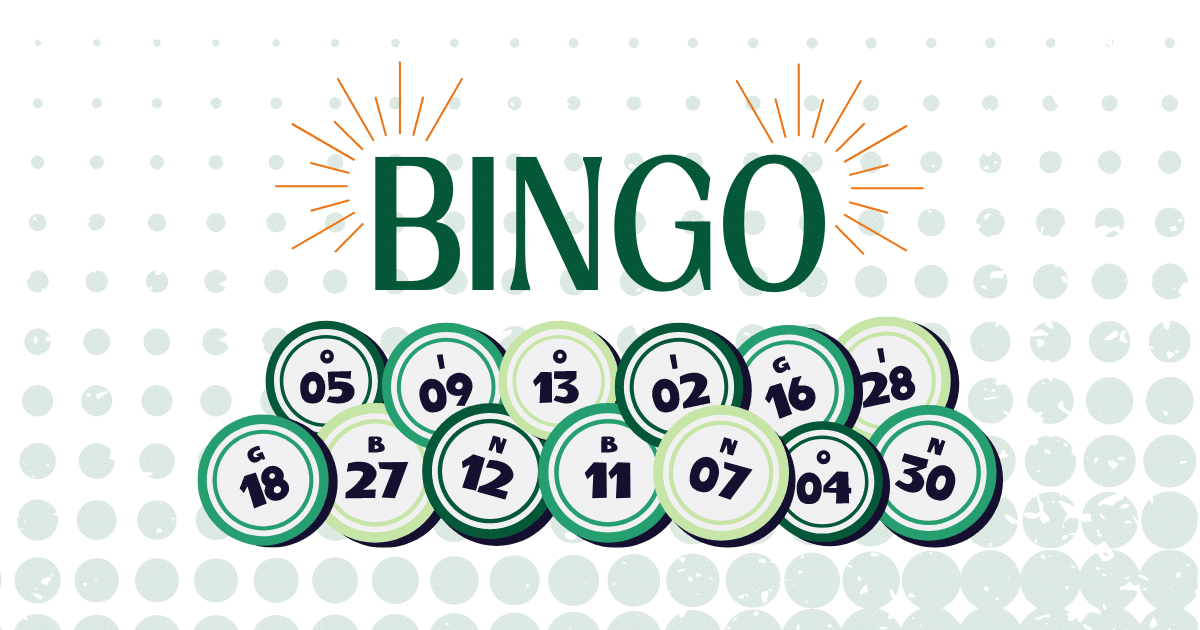
Share this post!
Nearly 1 in 5 American teenagers has prediabetes.
Based on a survey of 5786 US teens and young adults, 18% of teens between the ages of 12 and 18 had prediabetes. The rate jumped to 24% in young adults between the ages of 19 and 34.
As a mom with boys in grade school, this number stops me in my tracks. My oldest son will be 12 in just 6 months from now. He or one of his 4 closest friends could become part of this 1 in 5 statistic.
I believe that information is power. So, let’s take a closer look at prediabetes and answer some questions. What is it? Why does it matter? And what can we do to protect our kids?
What is Prediabetes?
As the name implies, prediabetes is a precursor to developing type 2 diabetes. At a cellular level, prediabetes is characterized by insulin resistance. This means that the body becomes less responsive to insulin. Sugar cannot as readily enter the cells.
Even when the bloodstream is flooded with sugar, the cells are starved for energy. The metabolic state in prediabetes is often referred to as “starvation in the sea of plenty.”
In the early stages of insulin resistance and prediabetes, the symptoms are easy to miss. Blood sugar swings might make a teen feel tired or irritable or hungry, but these things are easily explained away by other causes.
Prediabetes is even easy to overlook in adults. According to the Centers for Disease Control and Prevention (CDC), almost 90% of adults with prediabetes have never been told by a doctor that they have the condition.
How is Prediabetes Diagnosed?
Prediabetes is diagnosed when blood sugar levels are elevated, but not enough to be classified as diabetes. The diagnosis can only be made with blood tests from a doctor.
In the study of US teens above, prediabetes was defined by the presence of any one of the following: impaired glucose tolerance, impaired fasting glucose, or increased glycated hemoglobin A1c (HbA1c).
Impaired glucose tolerance refers to a slightly increased blood sugar level (between 140 mg/dL and 200 mg/dL) within 2 hours after drinking a glucose drink. Most teens with prediabetes in the study had impaired glucose tolerance.
Impaired fasting glucose refers to slightly elevated blood sugar (between 100 and 126 mg/dL)
while fasting. A slightly increased HbA1c level refers to a percentage between 5.7% and 6.4%.
Is Prediabetes Dangerous?
Prediabetes is not something to take lightly. If ignored, prediabetes can progressively worsen and become diabetes.
Estimates show that as many as 10% of people with prediabetes become diabetic each year. This puts them at a higher risk of heart disease and stroke.
People with prediabetes might even begin to develop organ damage that is traditionally associated with diabetes. These are things like damage to the blood vessels, kidneys, and eyes.
Can Prediabetes Be Addressed?
The progression from prediabetes to diabetes is NOT inevitable.
The landmark Diabetes Prevention Program, sponsored by the National Institutes of Health (NIH), demonstrated that prediabetes CAN be reversed—by a combination of weight management and physical activity.
The program followed over 1000 participants with prediabetes (defined by impaired fasting glucose) for 27 years. The people who lost at least 7% of their body weight (and maintained the weight loss) and exercised a total of 150 minutes per week were able to reduce their risk of developing diabetes by 58%.
For a person who weighs 200 pounds, that amounts to a weight loss of just 14 pounds. As for exercise, 150 minutes per week can be achieved by 30 minutes of brisk walking on 5 days per week.
What Can Nutrition Therapy Do for Prediabetes?
Because of insulin resistance, teens with prediabetes cannot as effectively process sugars and carbohydrates. Food choices become even more important for them than for their friends.
Some of the most commonly recommended dietary patterns to support healthy blood sugar metabolism include the DASH Diet, the low-carbohydrate diet, and the Mediterranean Diet. In addition to finding an overall dietary approach that works for your teen, consider these 5 nutrition therapy tips:
1. Choose Low-Glycemic Carbs
Studies consistently report that low-glycemic index foods support healthy blood sugar balance in people with prediabetes or diabetes.
The glycemic index defines how quickly a food increases blood sugar after it’s eaten. Sweets and refined carbohydrates have a high glycemic index. They are fast-acting sugars and lead to a rapid spike in blood sugar levels.
Complex carbohydrates and fiber-rich foods have a lower glycemic index. They are digested more slowly and lead to a more gradual increase in blood sugar after eating. Here are some examples of how to choose low- instead of high-glycemic carbs:
- Choose non-starchy vegetables (like broccoli, kale, or celery) over starchy vegetables (like white potatoes or instant mashed potatoes).
- Choose lower-sugar fruits (like apples, pears, and blueberries) over sweeter fruits (like bananas and grapes).
- Choose whole grains (like oatmeal or quinoa) over refined grains (like most boxed cereals and bread).
- Make your own desserts (like these sesame cookies) with small amounts of sugar and ingredients like almond flour. Opt for these homemade desserts over candies or cakes.
2. Avoid Soda
There’s no question that routinely drinking soda disrupts blood sugar levels and increases the risk of diabetes. The average can of soda contains 39 grams of sugar in the form of highly processed high-fructose corn syrup.
But it turns out that diet soda is no better. Even though the nutrition label claims zero grams of sugar, a study that followed more than 66,000 women for 14 years found that even diet soda increases diabetes risk.
Diet soda has not only been linked to type 2 diabetes but also to prediabetes. Drinking diet soda every day has been shown to increase the risk of prediabetes by 36%.
3. Eat Fermented Foods
Fermentation is one of the oldest ways of preserving food. Fermentation changes cabbage into sauerkraut or kimchi, milk into yogurt or kefir, and tea into kombucha. Fermented foods are rich in probiotics, antioxidants, and lactic acid.
When volunteers with prediabetes ate fermented kimchi for 8 weeks, they experienced improvements in blood sugar metabolism and insulin sensitivity. Likewise, fermented kefir has been found to support healthy blood sugar in people with diabetes.
The mechanisms to explain why fermented foods are beneficial for blood sugar metabolism are not entirely understood. It may be that the probiotics support healthy metabolism by modulating the gut microbiome. It may be that the antioxidants in fermented foods play a role.
4. Eat Plenty of Fruits and Vegetables
A 2018 study found that a higher intake of fruits and vegetables was associated with lower odds of prediabetes.
Fruits and vegetables are a rich source of more than 6000 different antioxidant compounds called flavonoids. Flavonoids from citrus, onions, broccoli, and other plant foods have all been found to support healthy blood sugar and metabolism.
The 2015-2020 Dietary Guidelines for Americans recommend that people eating 2000 calories per day include 2 cups of fruits and 2.5 cups of vegetables every day. But according to data from the CDC, most teens don’t eat enough.
5. Eat Omega-3s
Omega-3 fatty acids are known for their ability to support healthy inflammatory pathways, heart health, and more. It turns out that they may also support healthy blood sugar metabolism.
A meta-analysis that was published in 2018 looked at 14 studies of omega-3 supplementation in people with prediabetes or diabetes. Results showed that omega-3 fatty acids increased levels of adiponectin—a hormone that has a beneficial effect on blood sugar metabolism and other aspects of metabolism.
Teens can get omega-3 fatty acids from fish oil supplements, but they can also boost their intake by eating fatty fish, grass-fed beef, pasture-raised eggs, nuts, and seeds.
Finding Help for Teens with Prediabetes
Because there are usually no obvious signs or symptoms of prediabetes, we need to be proactive with our teens. Start by asking their doctor about risk factors and testing.
Also, let’s remember that all teens can benefit from positive nutrition and lifestyle changes. If you’re looking for personalized nutrition support, check out our directory of Nutrition Therapy Institute graduates here.
Being that optimal nutrition is so important to both physical and mental health, you can learn more about how to support your teen’s nutrition needs at home and at school.
About the author: Sarah Cook, ND, is an instructor at the Nutrition Therapy Institute. She is also the owner of ND Pen, providing branding, copywriting, and website design services for integrative healthcare practitioners. Connect with Sarah at ndpen.com.
About Nutrition Therapy Institute’s Holistic Nutrition Certification:
Nutrition Therapy Institute (NTI) is a leader in holistic nutrition education. Since 1999, NTI has provided students with the highest quality in nutrition training by offering comprehensive holistic nutrition courses. Offering online and in-person nutrition course options to help students achieve thriving careers as holistic nutrition therapists.
Image: People eating a meal around a table by Priscilla Du Preez is free for use by Unsplash
Share this post!

















